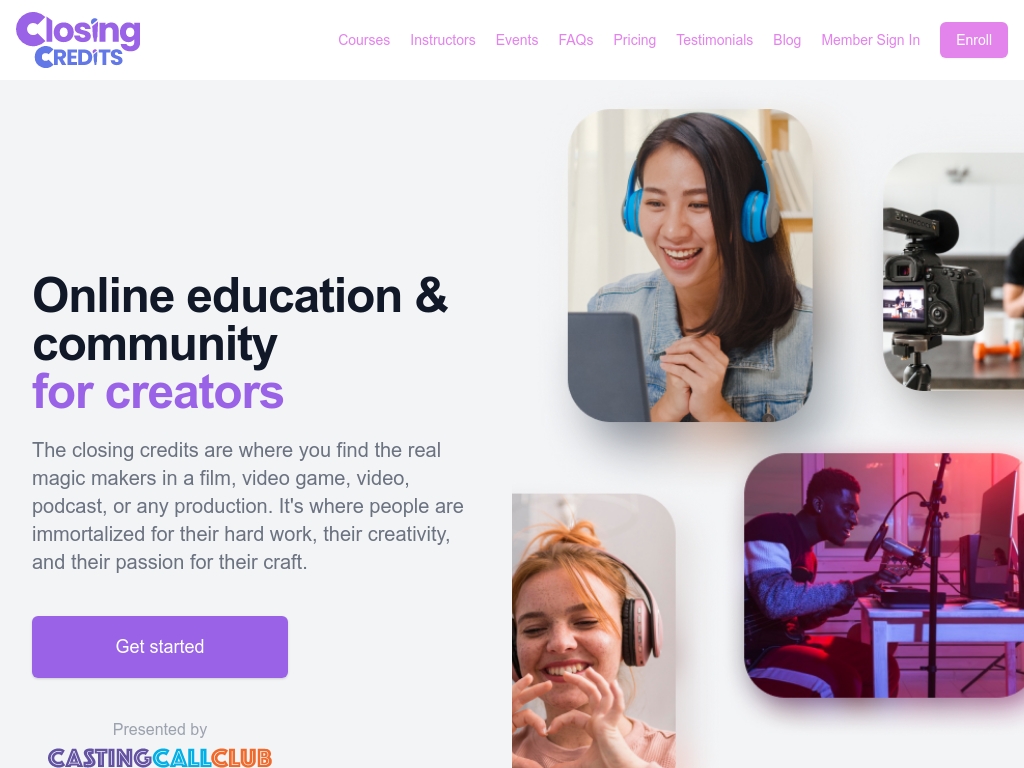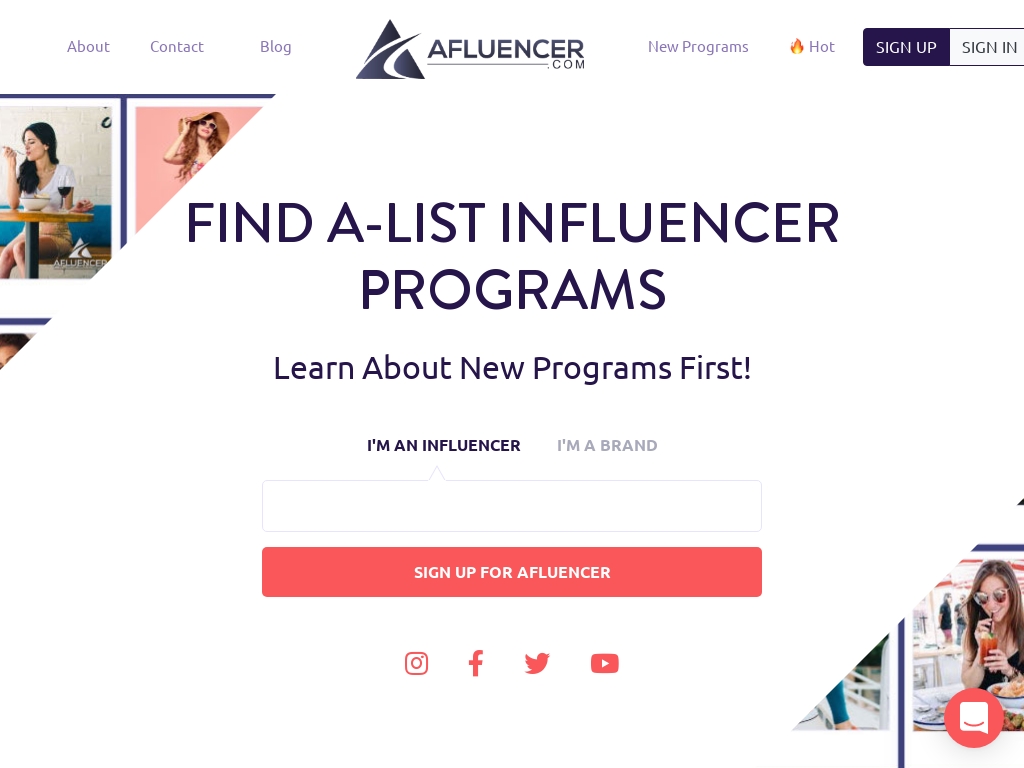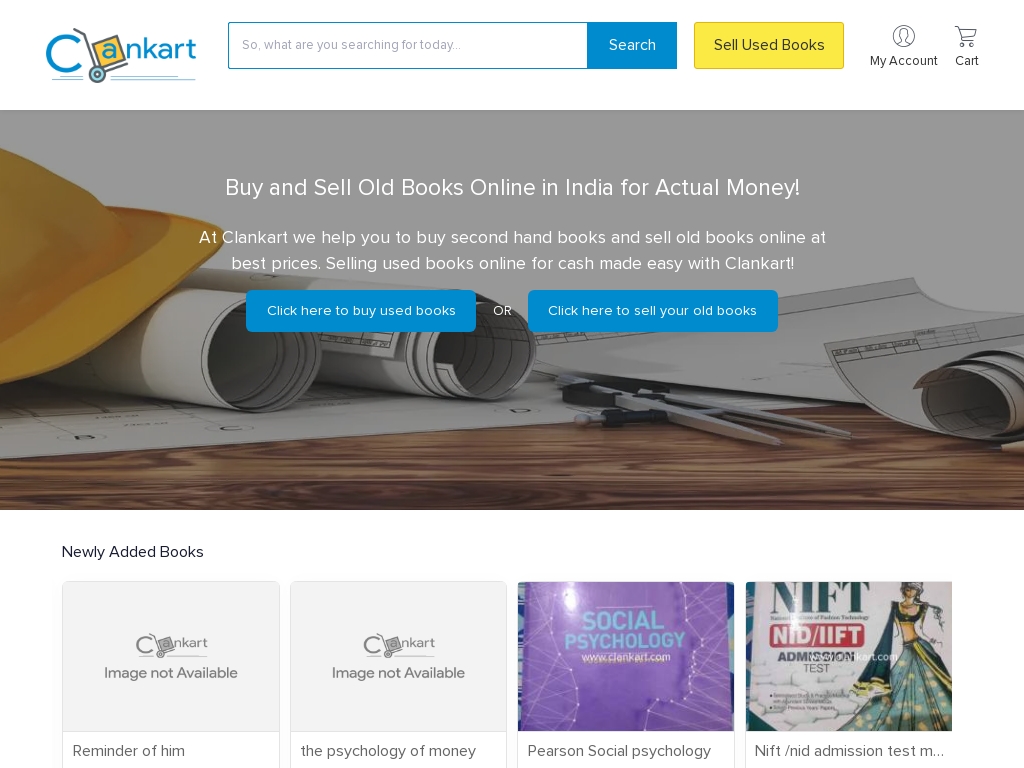
9 Two Sided Marketplace Success Stories [2025]
A two-sided marketplace can redefine how buyers and sellers interact. At its core, this business model connects two groups—consumers and providers—offering a platform where they can directly engage with each other.
Think of companies like Airbnb or eBay; they thrive by bringing together individuals looking to rent out their properties or sell their items with those looking to buy or rent. As the marketplace owner, your role involves ensuring a seamless user experience, verifying users, and handling transactions.
This model is appealing because it scales well; growth is driven by network effects—the more users you get on each side, the more valuable the platform becomes. Starting a two-sided marketplace requires diligent planning, user acquisition strategies, and continuous platform optimization. If you can solve a significant pain point for both buyers and sellers, a two-sided marketplace offers a compelling avenue to build a successful business.
In this list, you'll find real-world two sided marketplace success stories and very profitable examples of starting a two sided marketplace that makes money.
1. Captain Experiences ($1.2M/year)
Jonathan Newar, the Co-Founder and CEO of Captain Experiences, came up with the idea for the business while trying to book a fishing trip in Houston, TX. Frustrated by the lack of an easy, user-friendly platform for booking fishing charters, he decided to create Captain Experiences. Since its launch in March 2020, Captain has become the largest platform for booking fishing guides in the US, with over 1,200 guides partnered, 47,000 hours booked, and an average review score of 4.9/5 stars.
How much money it makes: $1.2M/year
How many people on the team: 10

Captain Experiences, a platform for booking outdoor sports guides, has reported booking over 47,000 hours in outdoor sports and partnering with over 1,200 guides since launching in March 2020, with a 4.9/5 star review average.
2. Closing Credits ($600K/year)
Buford Taylor, founder of Closing Credits, came up with the idea for his education marketplace for creators after realizing there was a lack of support and resources for amateur creators to level up their skills. With experience in the creator space and the success of his previous ventures, Taylor launched Closing Credits, which has already crossed the $500k revenue mark within 11 months.
How much money it makes: $600K/year
How much did it cost to start: $0
How many people on the team: 0

Closing Credits is an education marketplace for creators, generating $500k in revenue within 11 months and launched to Buford Taylor's active audience of 600k people.
3. Muver ($300K/year)
Andrei Povaliaev, the co-founder of Muver, came up with the idea for the business after working as an Uber driver in Russia and realizing he could improve on the service. He sold his favorite BMW to invest in his own business for drivers, and within a few months, it became Uber's largest partner. Now, Muver is a successful app for gig workers, helping them earn more money by seamlessly multi-apping between various delivery and ride-sharing platforms.
How much money it makes: $300K/year
How much did it cost to start: $1.1M
How many people on the team: 10

Muver is a mobile app for gig workers allowing them to multi-app seamlessly between Uber, Uber Eats, Doordash, Grubhub, Lyft, Instacart, and more within a single app with over $270k revenue in the past 12 months.
4. Afluencer ($24K/year)
Brett Owens, the Founder and Chief Matchmaker at Afluencer, came up with the idea for his business while working on his previous company, LeadDyno. Many prospective LeadDyno customers expressed a need for influencers, which led Owens to start Afluencer and create a two-sided marketplace that connects brands with influencers. Since its launch, Afluencer has seen significant growth, with a 10% monthly increase in influencer and brand users, and a revenue growth of 100% year over year.
How much money it makes: $24K/year
How much did it cost to start: $500K
How many people on the team: 0

Afluencer is a two-sided marketplace that connects brands with influencers and helps influencers, creators, and ambassadors find paid gigs, with 6,500+ active influencer users and 1,000+ brand users yielding 100% YoY revenue growth.
5. Merrative ($24K/year)
Harshala Chavan, the founder of Merrative, came up with the idea for her business after noticing a lack of dedicated spaces for people to discuss literature. After attending a book club meetup, where she had a great discussion with others who had read the same book, she wondered if she could bring this experience online at scale. She validated her concept through participating in BPlans and growing her Instagram page, which eventually led to the launch of Merrative as a community-led marketplace for publishing talent.
How much money it makes: $24K/year
How much did it cost to start: $100
How many people on the team: 0

Merrative, a community-driven marketplace for publishing talent, generates an average of $1,500 per month in marketplace transactions from their 5,000+ strong community of readers, writers, journalists, and scholars.
6. Clankart ($14.4K/year)
Nitesh Garg, the founder of Clankart, came up with the idea for his business while in college. He witnessed the difficulties students faced when buying and selling used books, and saw the need for a marketplace dedicated to students. With over 25,000 registered students on the platform, Clankart is working towards empowering students to connect and trade their used books online in India.
How much money it makes: $14.4K/year
How much did it cost to start: $6K
How many people on the team: 3

Clankart is an Indian-based online marketplace for students to sell their used books to other students located anywhere in India, with over 25,000+ registered users, and aims to consistently add something game-changing and worthwhile to its experience.
7. Estuary ($12K/year)
Mikey Young, a sneaker enthusiast and finance senior at Georgetown, realized during the pandemic that existing sneaker resale platforms were laden with fees and inaccessibility. Inspired by Phil Knight's "Shoe Dog," he launched Estuary, a fee-free resale platform, amassing $200k in inventory and 7 sellers by their February soft launch.
How much money it makes: $12K/year
How much did it cost to start: $5K
How many people on the team: 0

Estuary, a unique secondary marketplace for sneakers that eliminates hidden fees and connects buyers with exclusive products through a subscription-based model, has attracted over 7 subscribed sellers, sold over 30 pairs of sneakers and is on track to earn about $12,000 in ARR within a month of its soft launch.
8. SolarFeeds ($12K/year)
Willie Jiang, a digital marketer with a passion for solar energy, was inspired to start SolarFeeds after learning about the current trend and adoption of solar energy. He bought the domain solarfeeds.com and focused on creating solar-related content to build an audience before launching the platform, which connects solar installers and suppliers. With a focus on SEO, SolarFeeds has achieved impressive organic traffic growth and plans to further improve their supplier catalog for solar installers.
How much money it makes: $12K/year
How much did it cost to start: $150K
How many people on the team: 8
SolarFeeds, a two-sided marketplace connecting solar installers and suppliers, grew their organic traffic by 69 times in 18 months by focusing on SEO and building an audience through solar-related content before launching their platform.
9. Vettted ($1.2K/year)
In a video interview, Vasco explains that he came up with the idea for Vettted after working in the freelance marketplace industry since 2016. He noticed several issues with existing marketplaces, such as lack of transparency, high fees, and low-quality services. Inspired to create a better platform, Vasco decided to focus on digital marketing and provide a place where freelancers can keep 100% of their earnings.
How much money it makes: $1.2K/year
How much did it cost to start: $20K
How many people on the team: 0

Vettted, a marketplace for pre-vetted marketers to outsource digital marketing efforts, has launched and has over 65 sellers and 287 users so far, with the goal of providing a platform for talent to keep 100% of their earnings.

Download the report and join our email newsletter packed with business ideas and money-making opportunities, backed by real-life case studies.

Download the report and join our email newsletter packed with business ideas and money-making opportunities, backed by real-life case studies.

Download the report and join our email newsletter packed with business ideas and money-making opportunities, backed by real-life case studies.

Download the report and join our email newsletter packed with business ideas and money-making opportunities, backed by real-life case studies.

Download the report and join our email newsletter packed with business ideas and money-making opportunities, backed by real-life case studies.

Download the report and join our email newsletter packed with business ideas and money-making opportunities, backed by real-life case studies.

Download the report and join our email newsletter packed with business ideas and money-making opportunities, backed by real-life case studies.

Download the report and join our email newsletter packed with business ideas and money-making opportunities, backed by real-life case studies.











